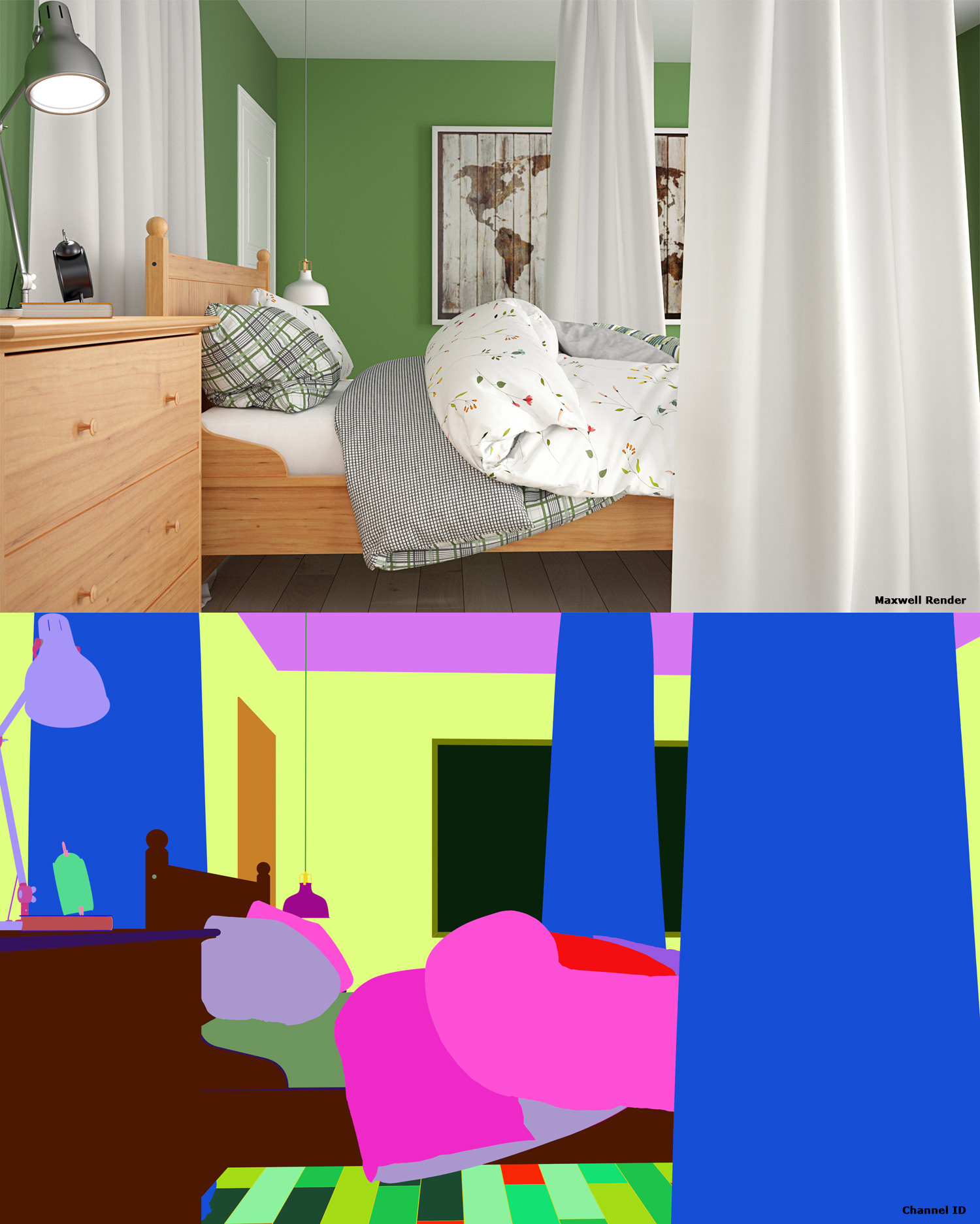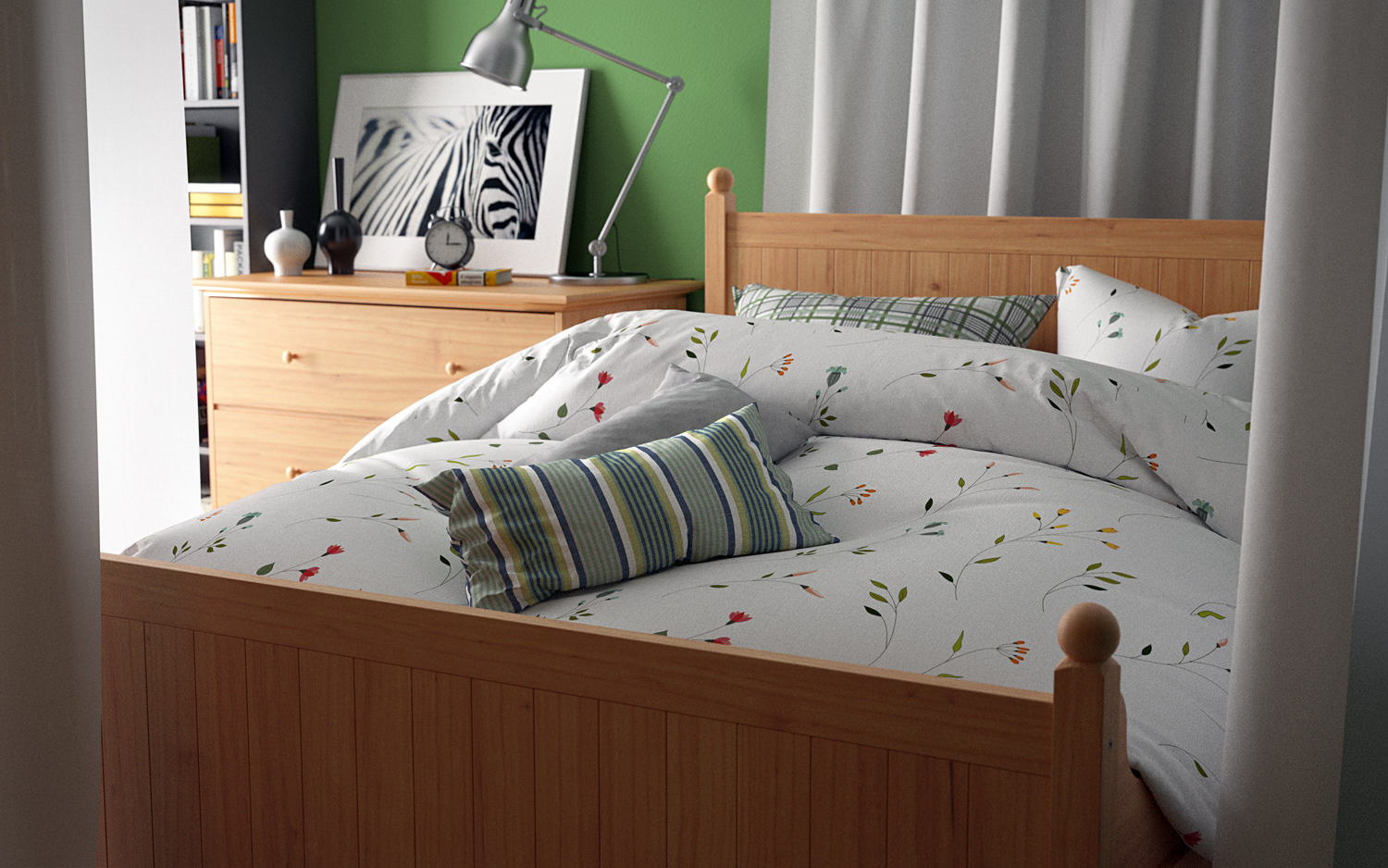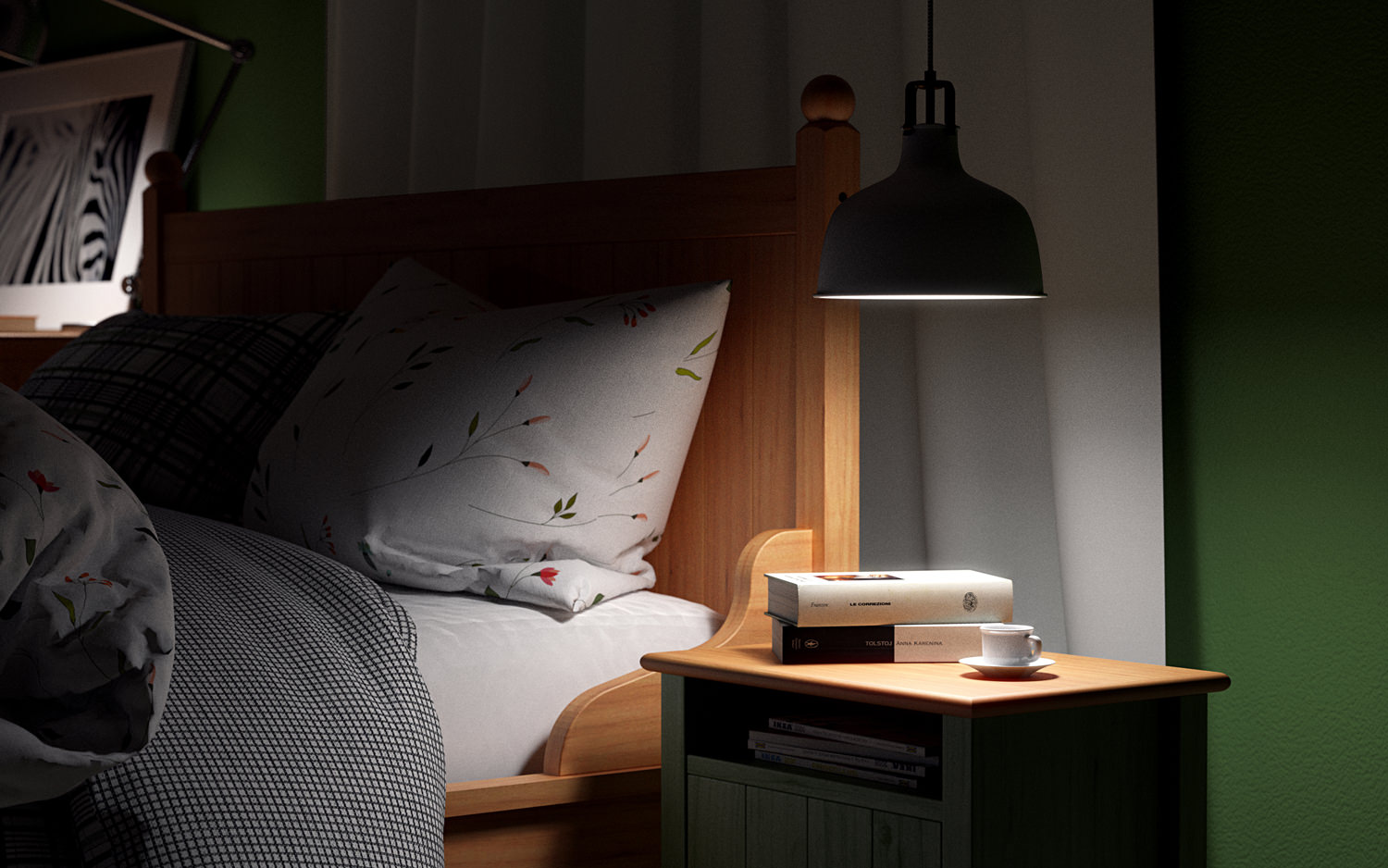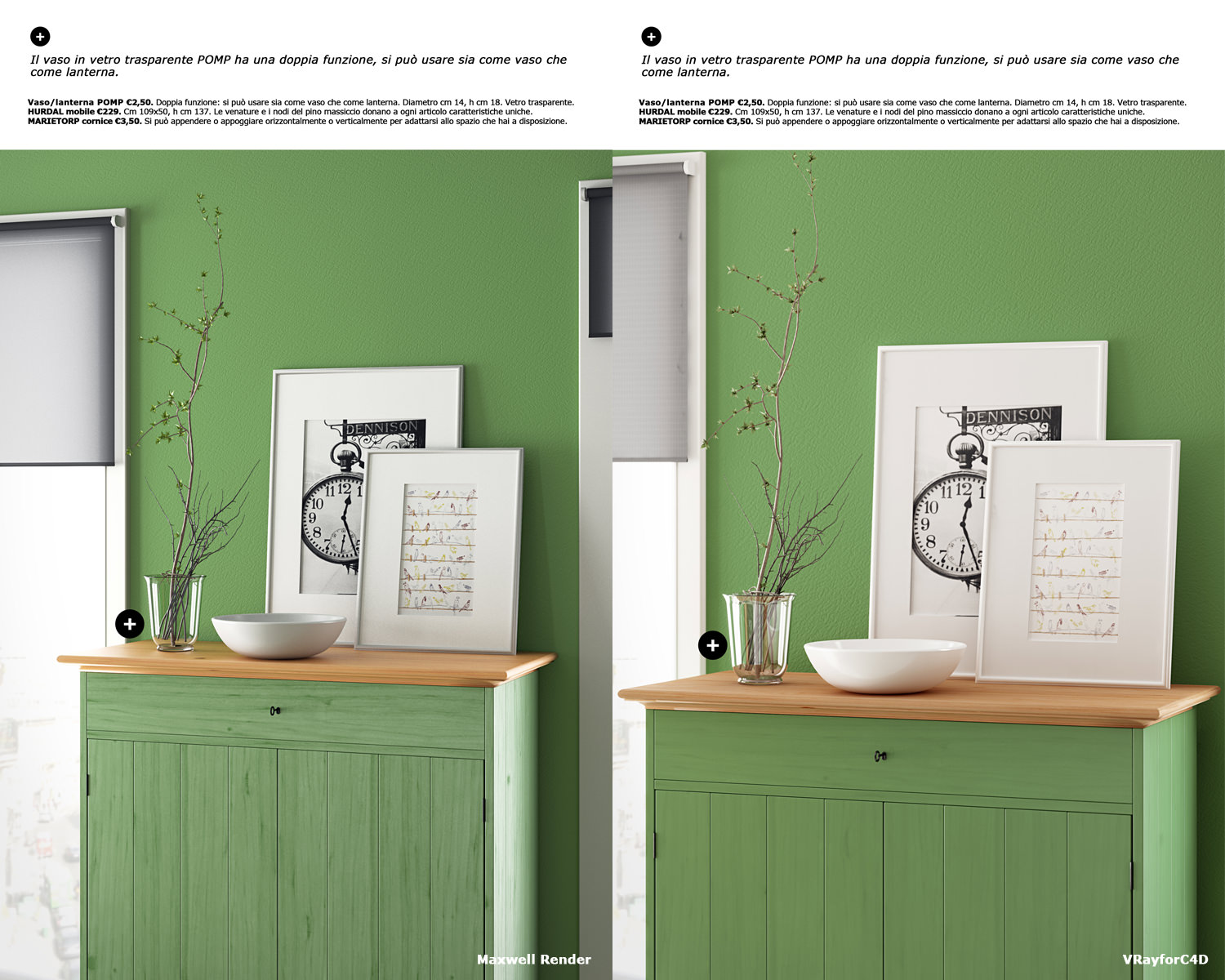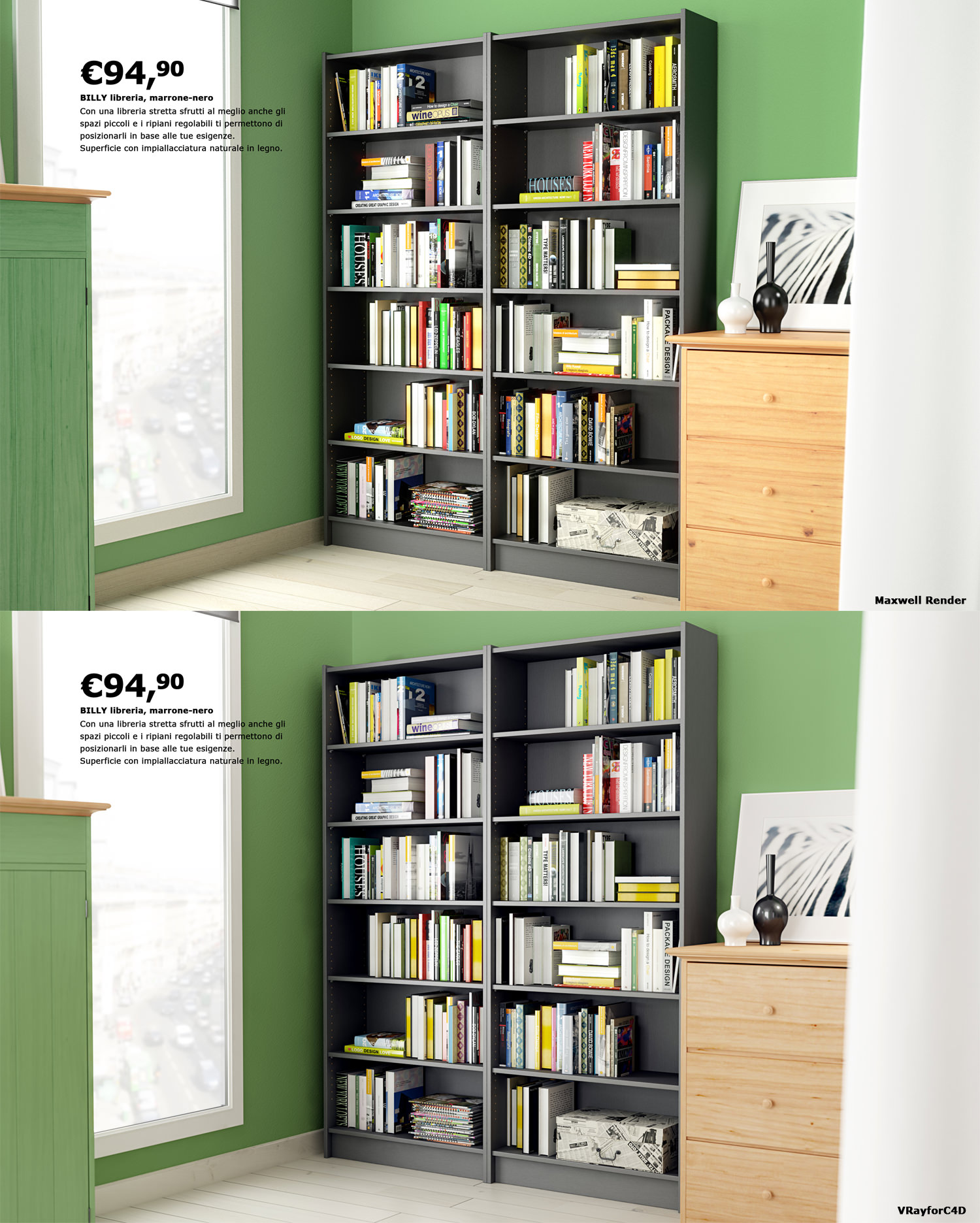Maxwell Render corso base
Ciao a tutti! In questi mesi abbiamo sviluppato un corso base di Maxwell Render in ambiente Cinema4D e finalmente da oggi è disponibile su www.c4dzone.com.
Il corso offre una panoramica per poter diventare autonomi nell’uso di questo fantastico motore di render unbiased e affronta alcune delle più comuni situazioni come Still life, oppure rendering di scene di esterno e di interno architettoniche.
Di seguito gli argomenti tratti nello specifico:
[br]
1 – STUDIO DEI MATERIALI:
[br]
[br]
[br]
[br]
[br]
[br]
[br]
[br]
[br]
[br]
[br]
[br]
[br]
2 – STILL LIFE: RADIO TIVOLI ONE
[br]
[br]
[br]
[br]
[br]
[br]
[br]
[br]
[br]
[br]
[br]
3 – INTERNO
[br]
[br]
[br]
[br]
[br]
[br]
[br]
[br]
[br]
[br]
4 – ESTERNO
[br]
[br]
[br]
[br]
[br]
[br]
[br]
[br]
[br]
Qualche immagine tratta dal corso:
[br]
[br]
[br]
[br]
[br]
Spero possiate trovarlo interessante! Noi intanto prepariamo le scne per il corso PRO, in uscita a breve!





































